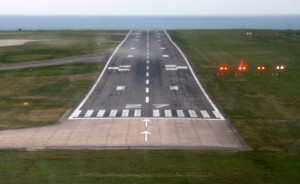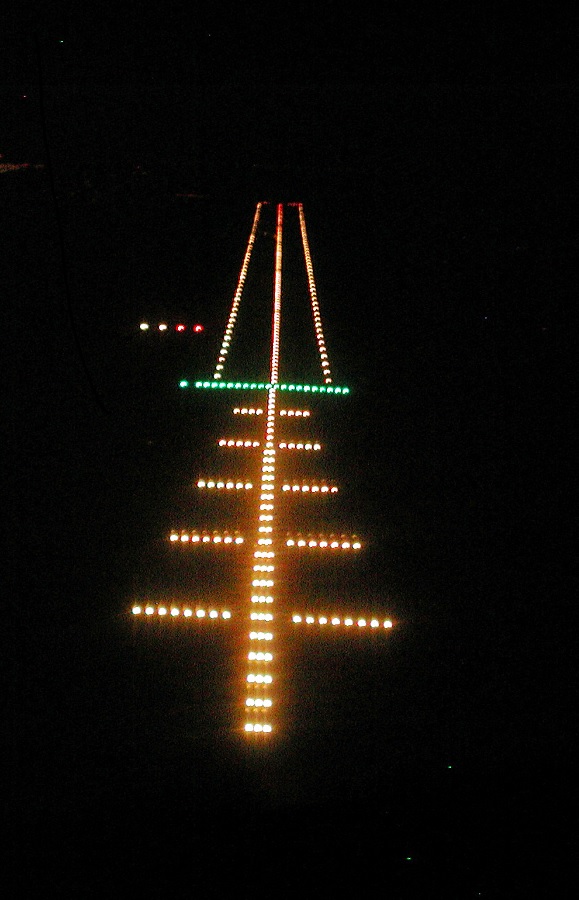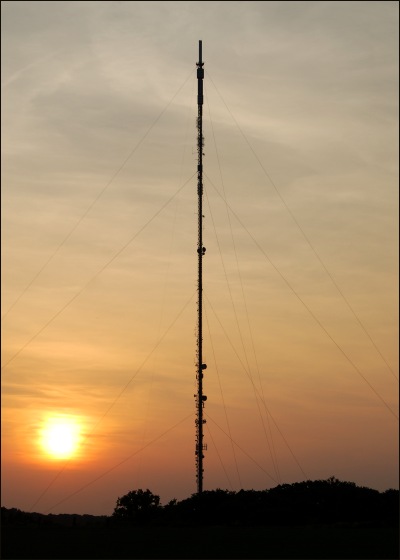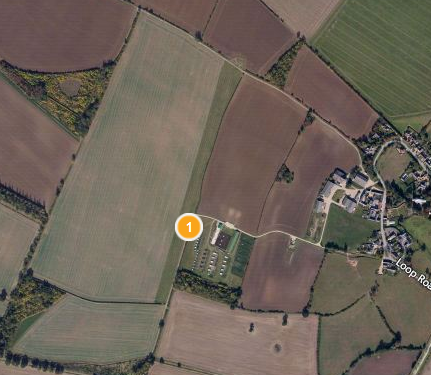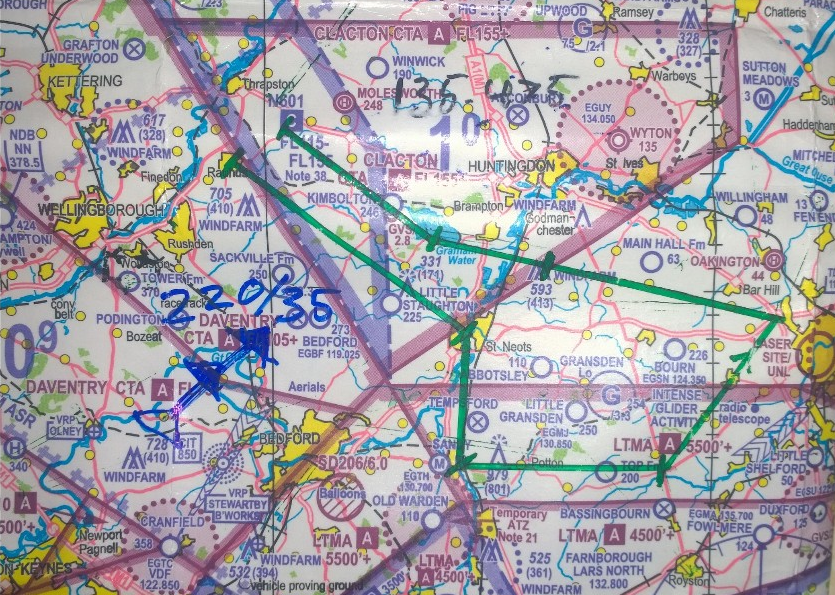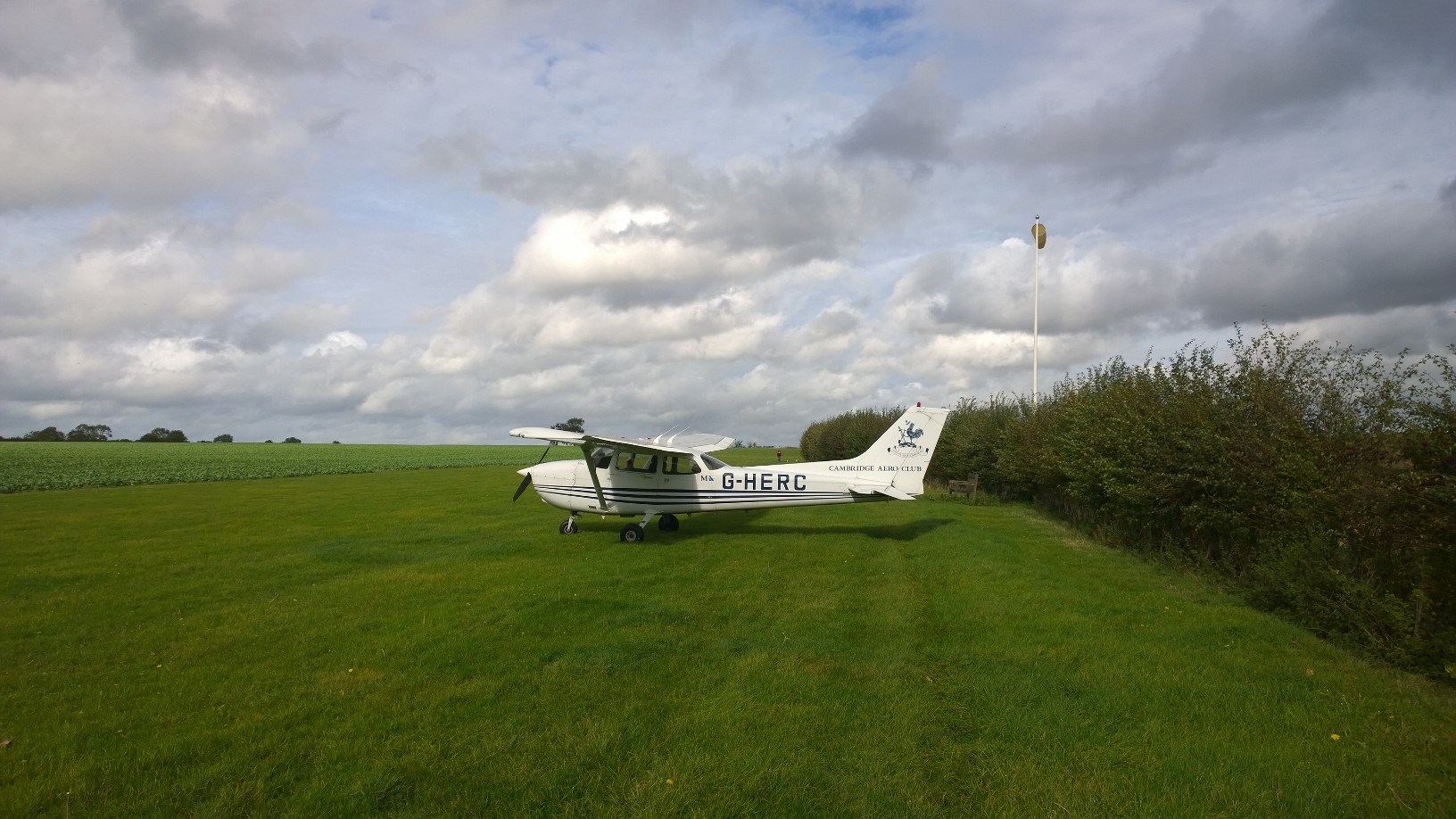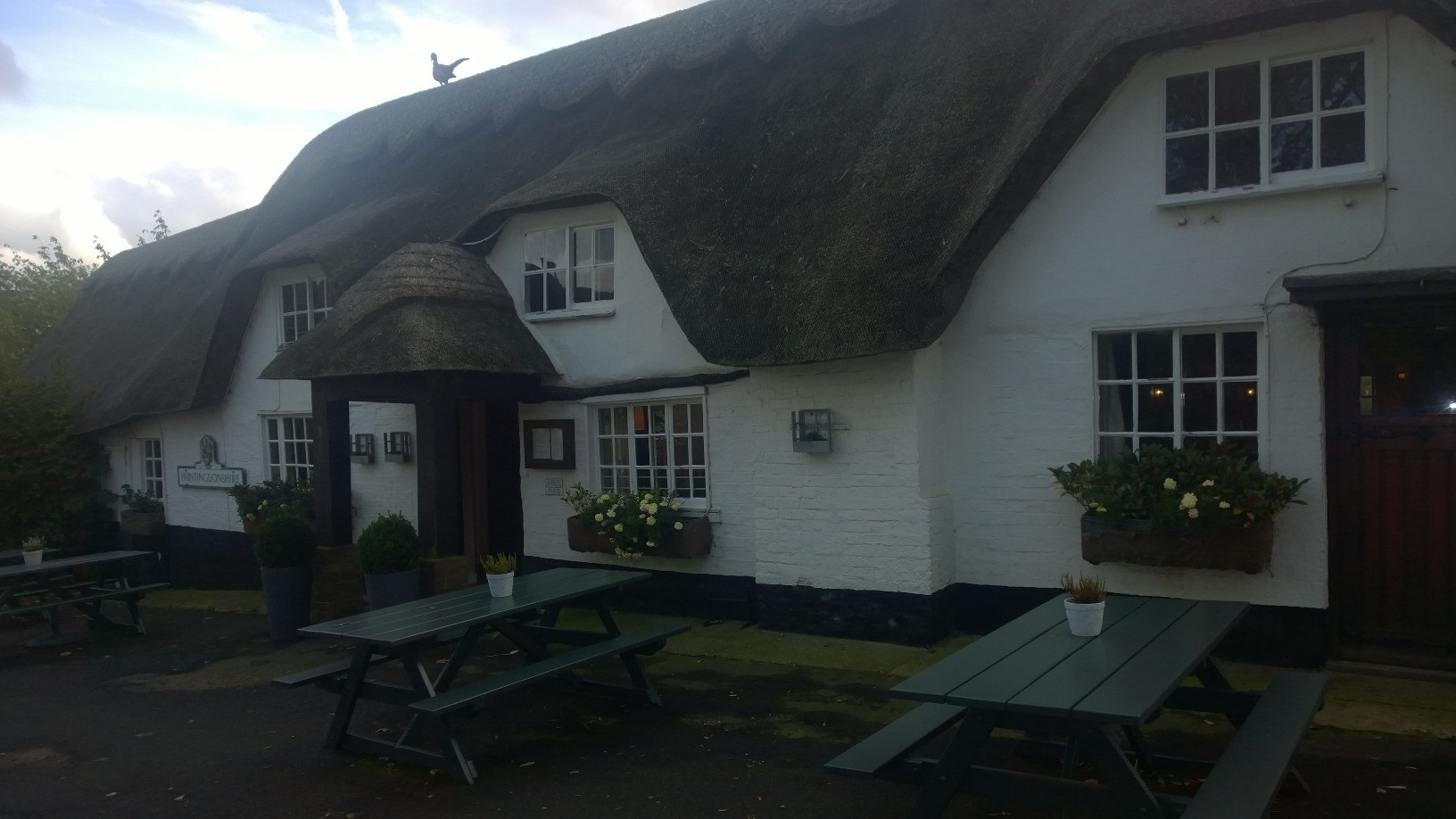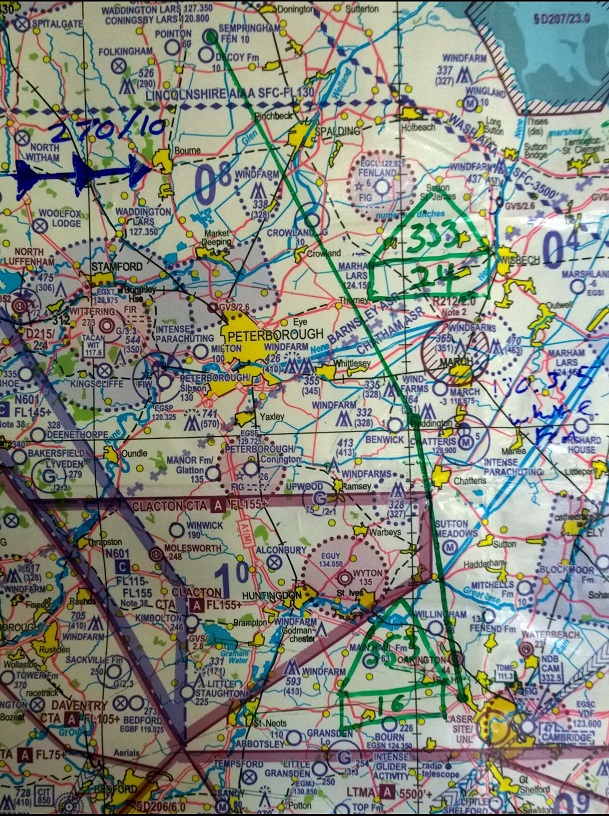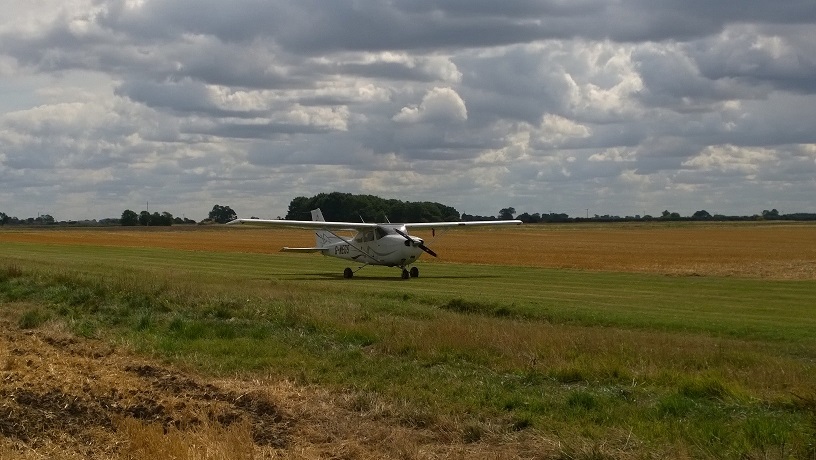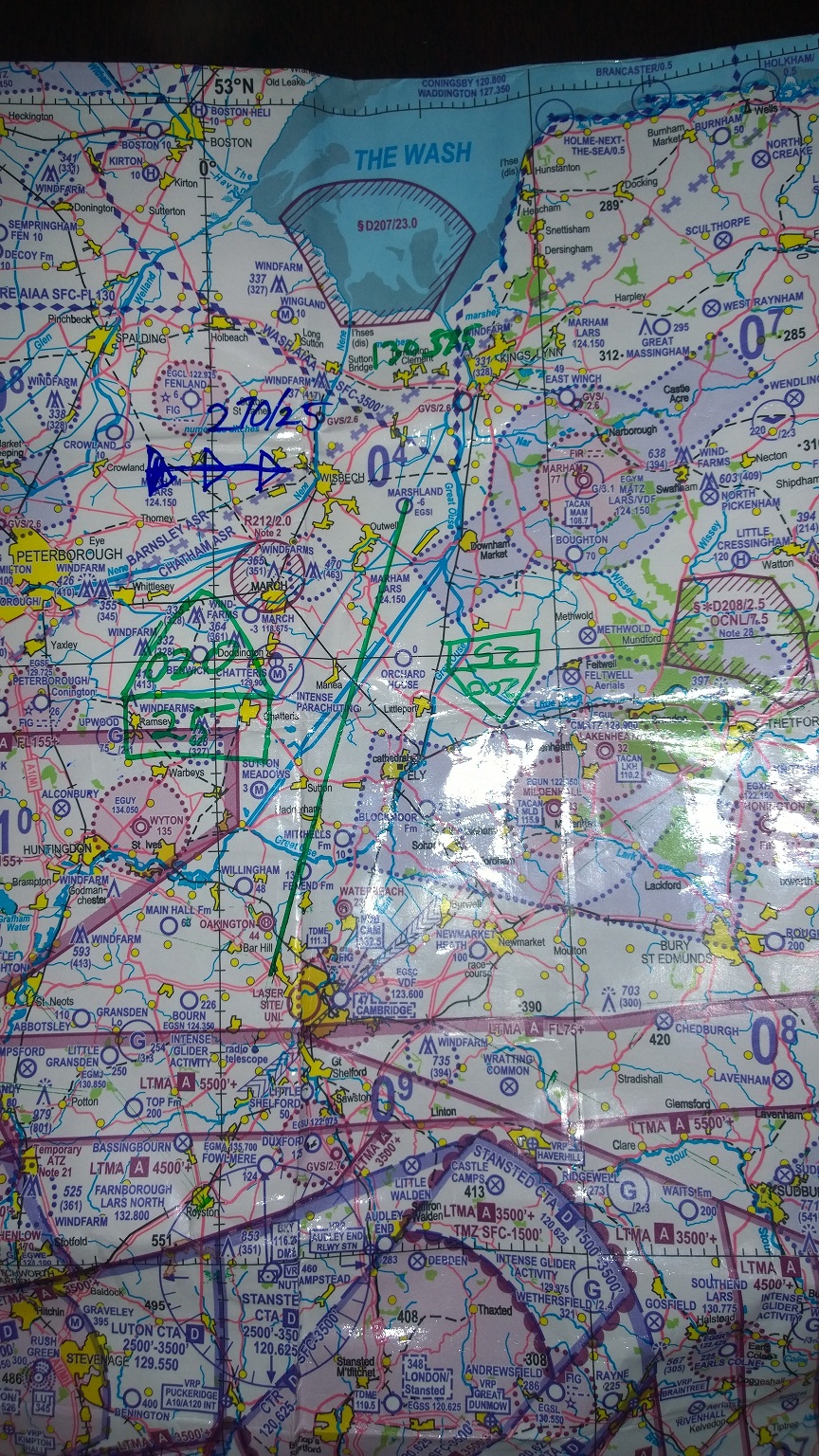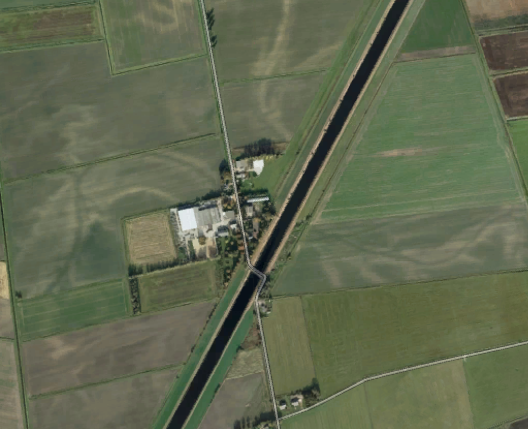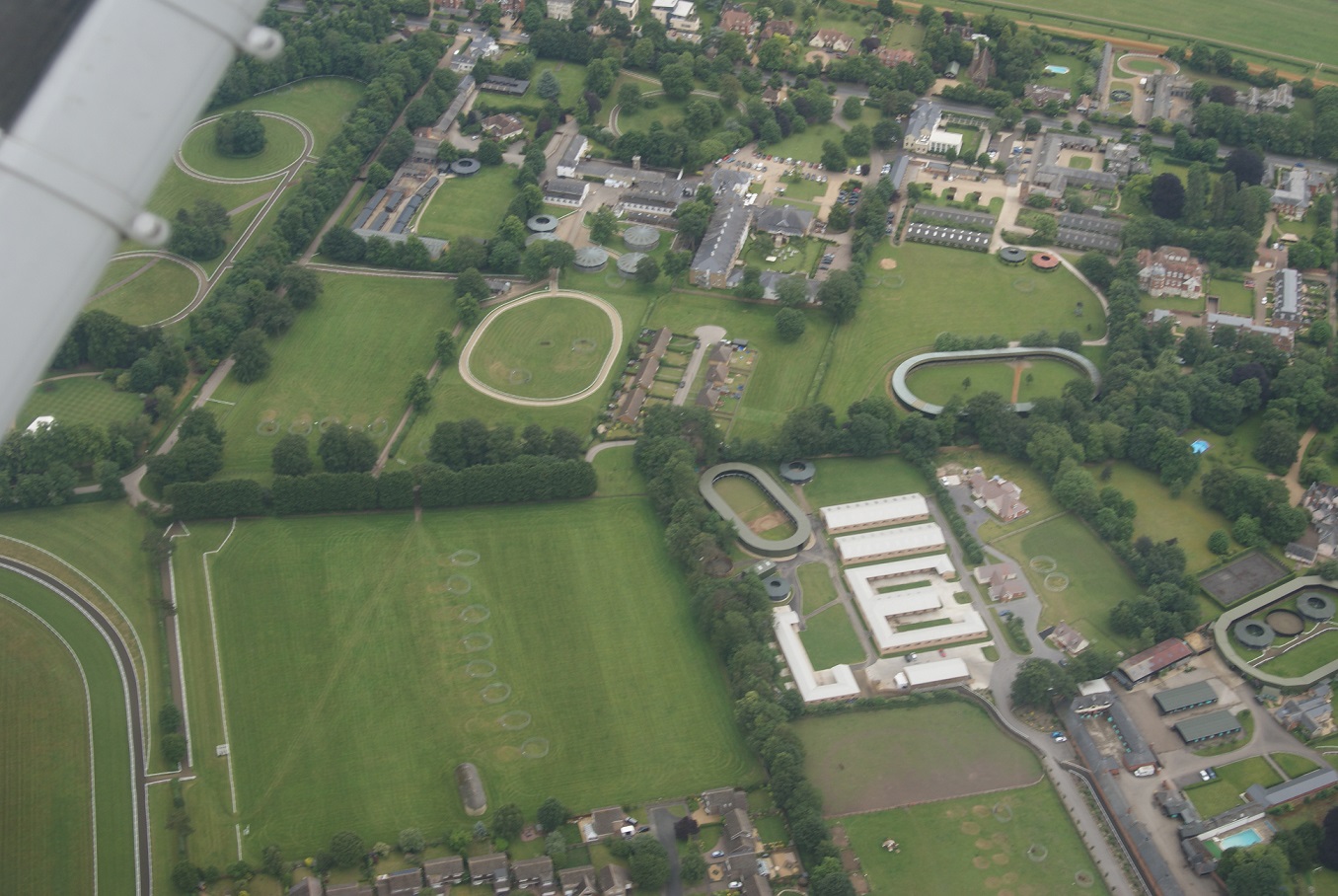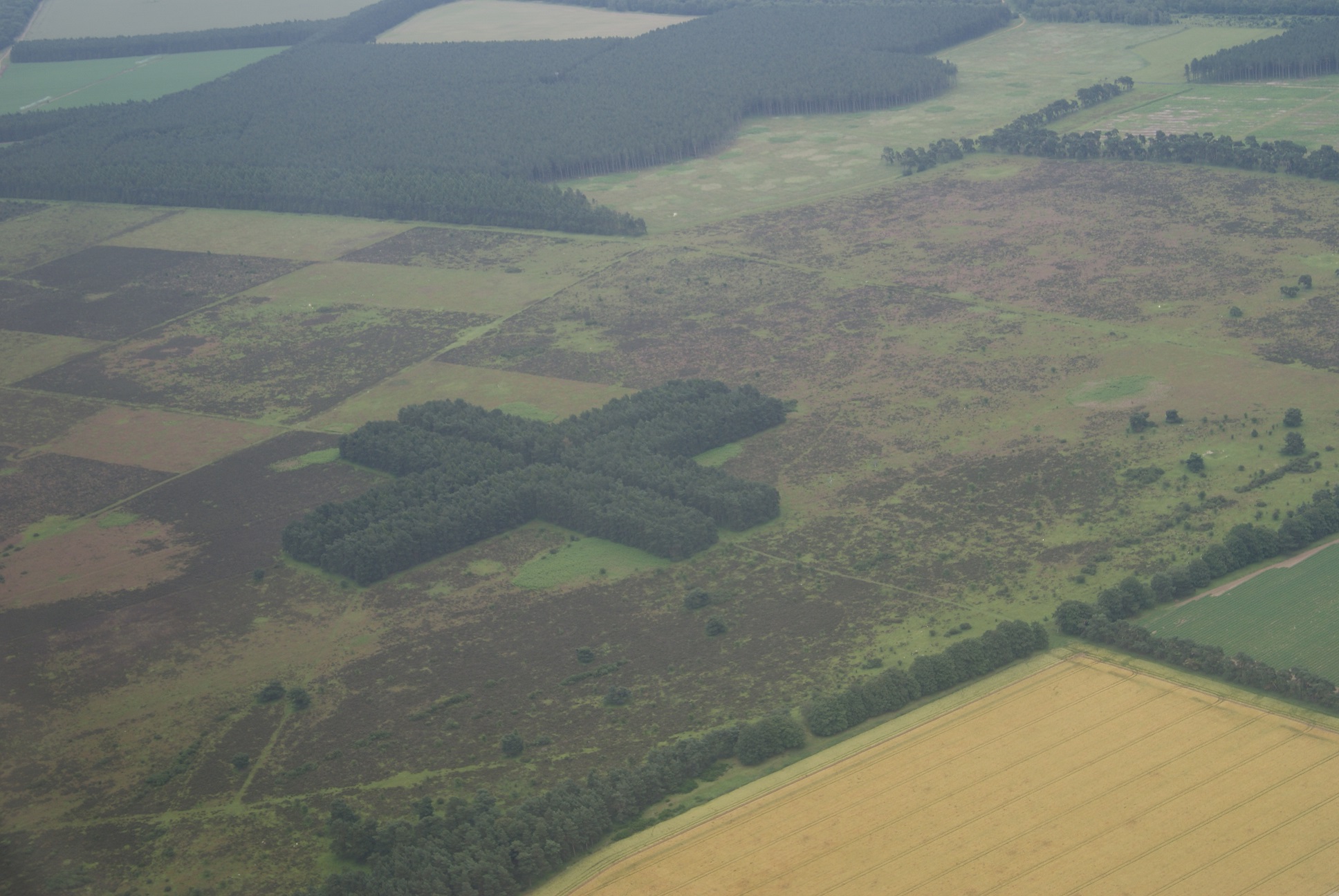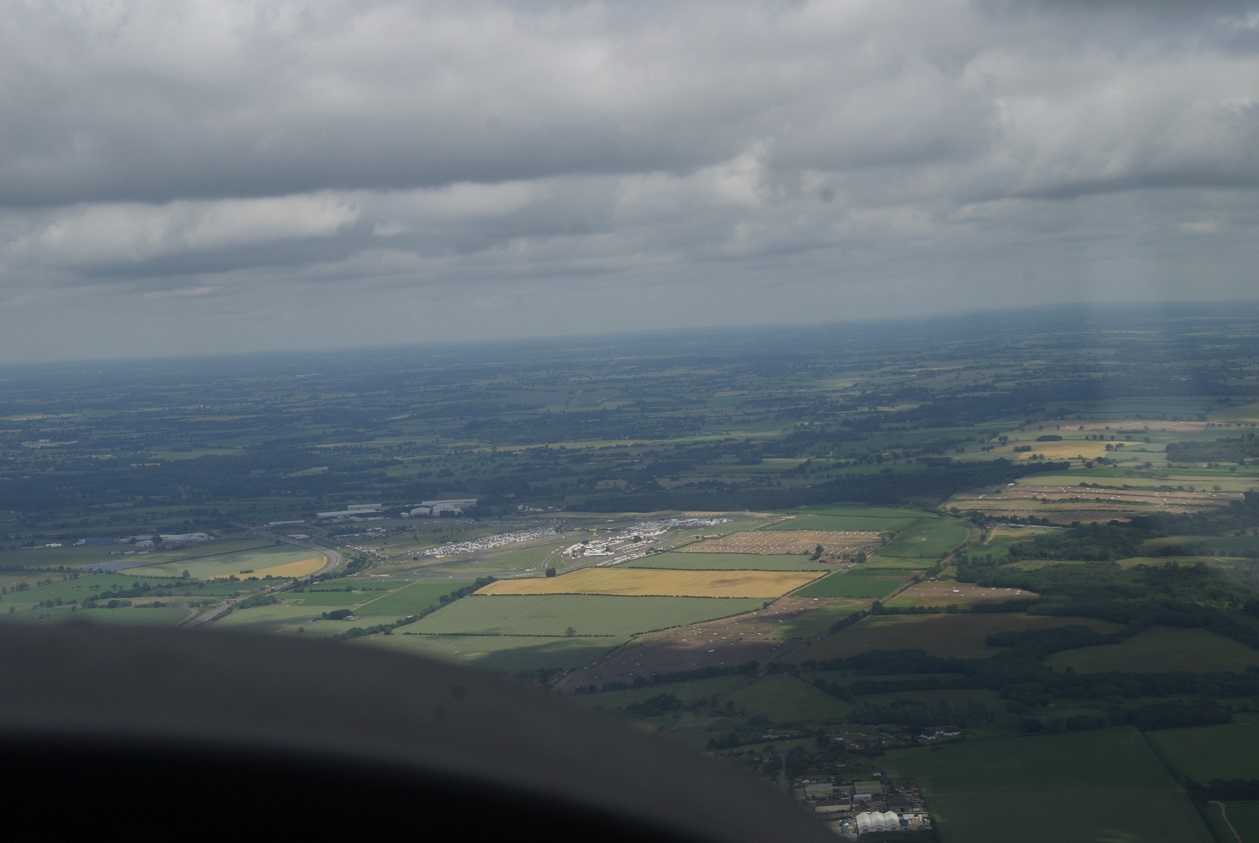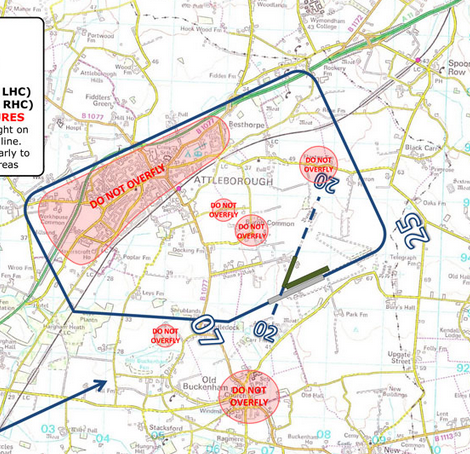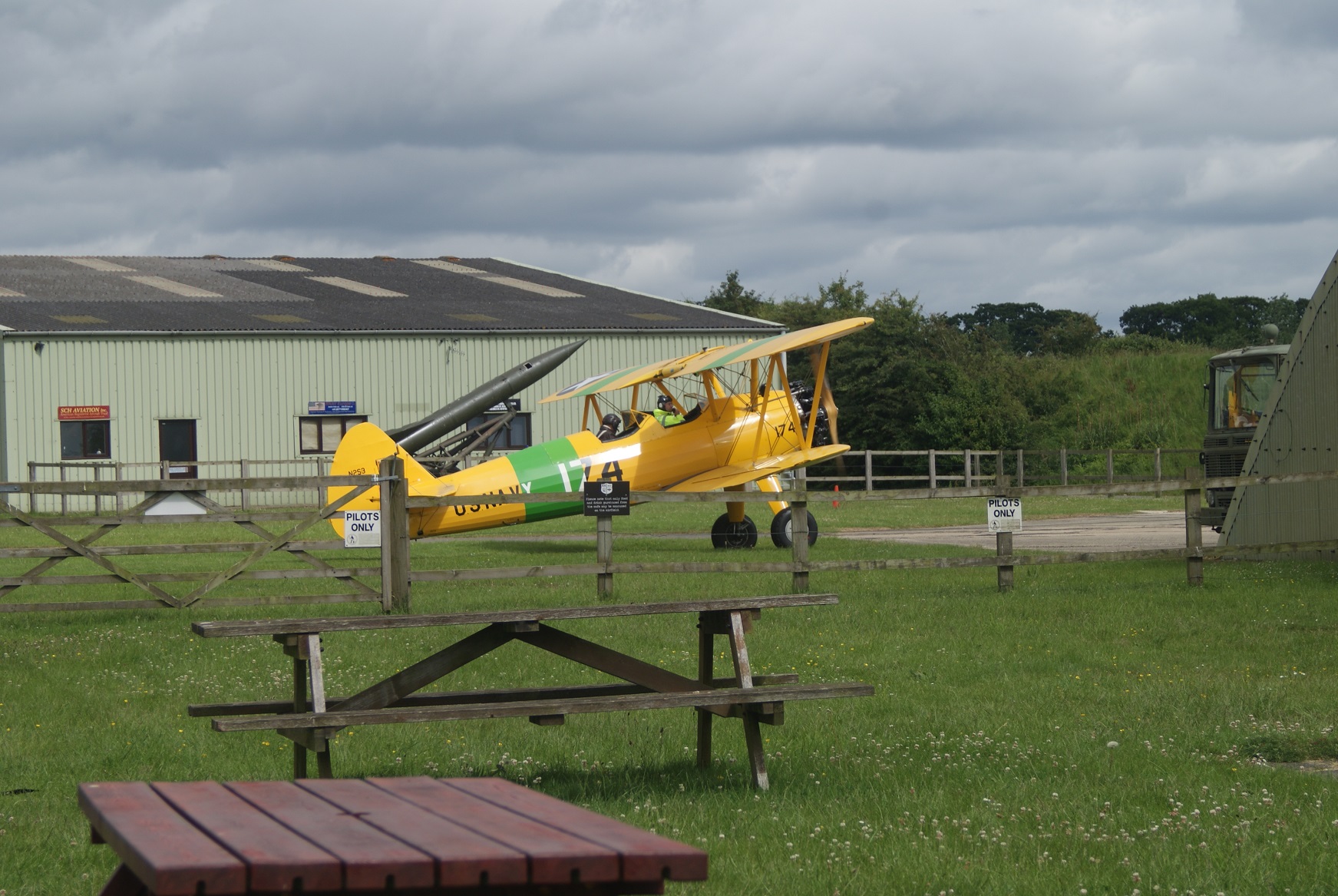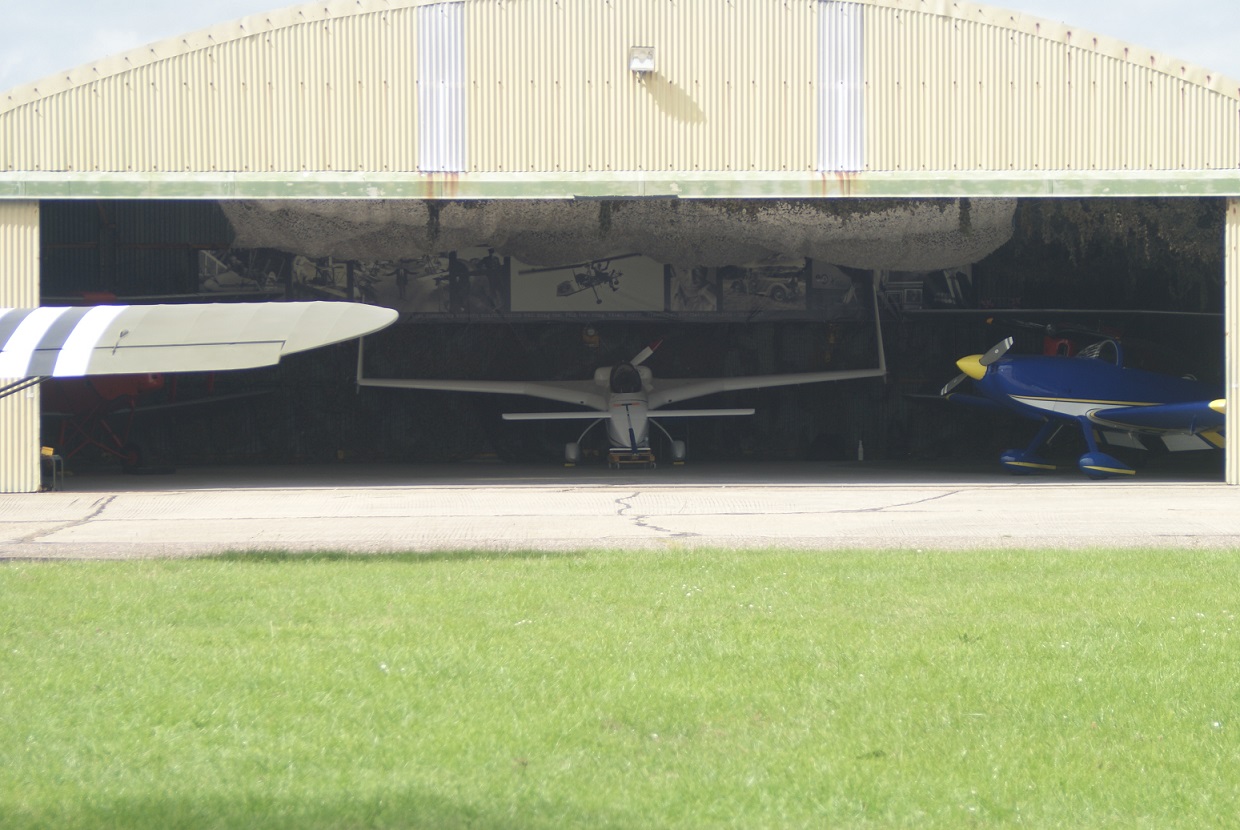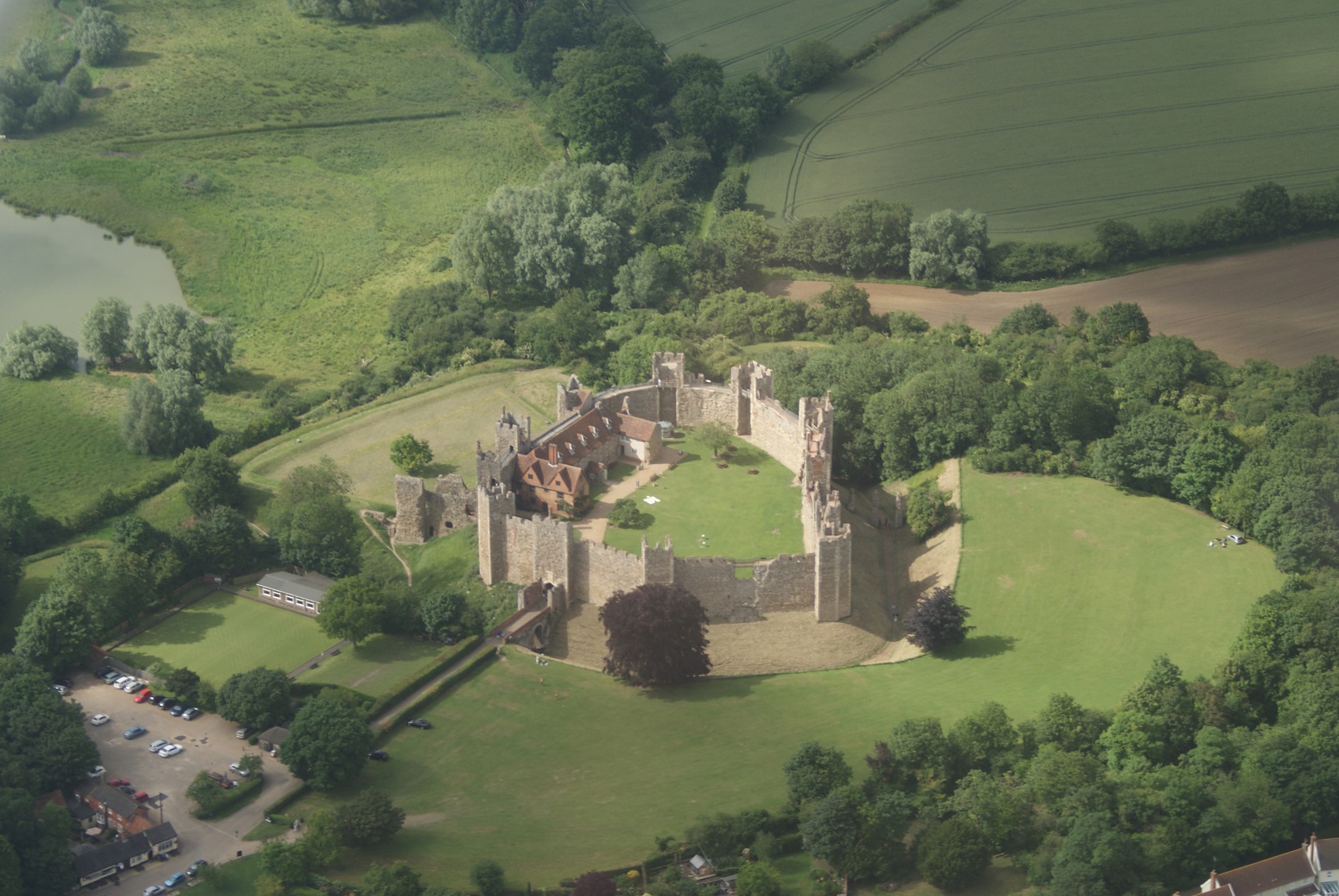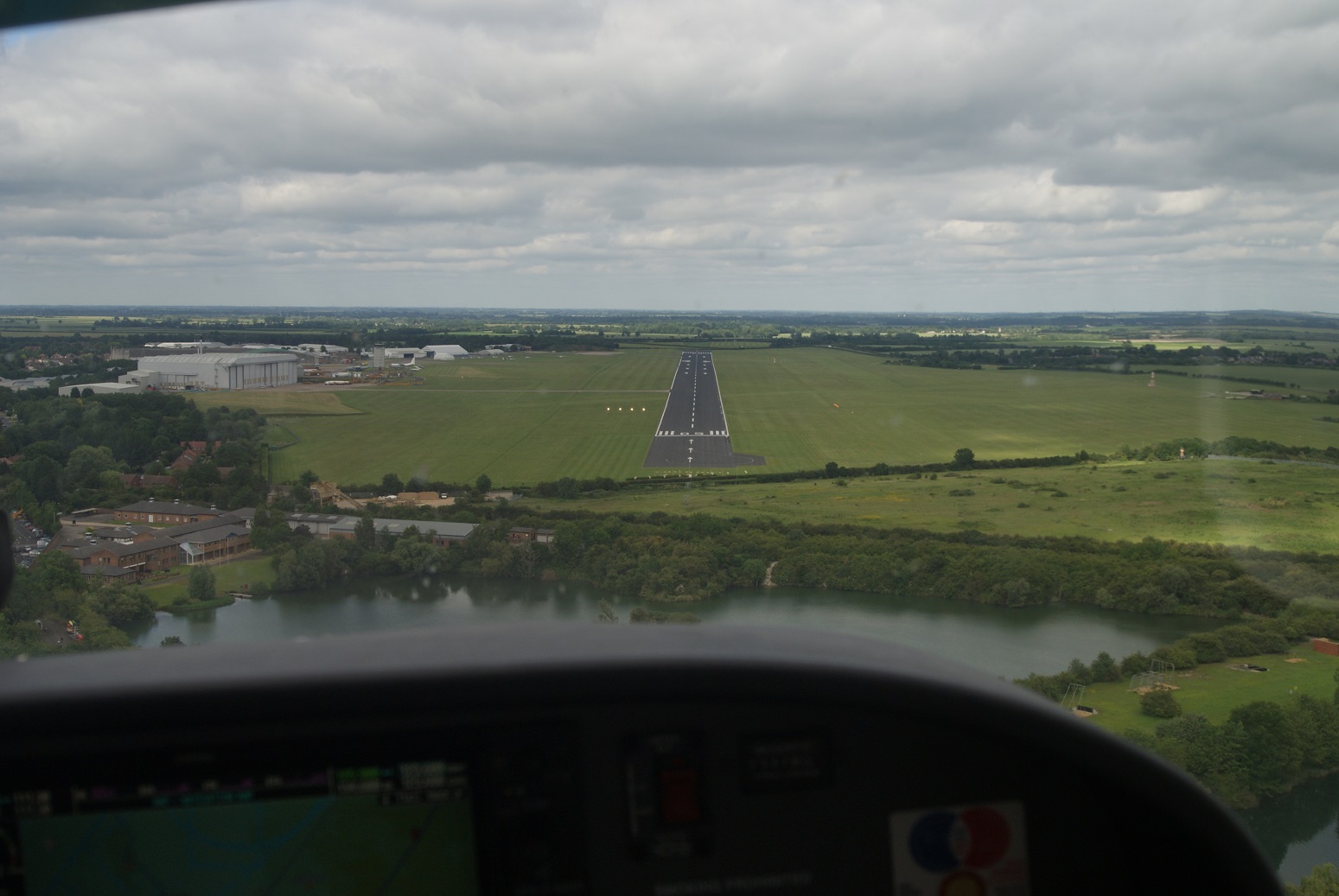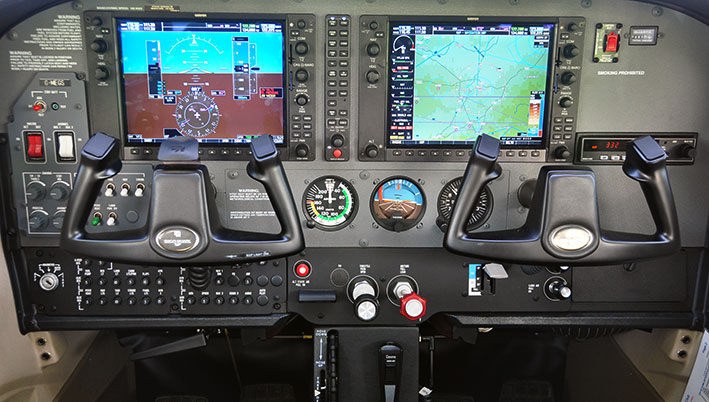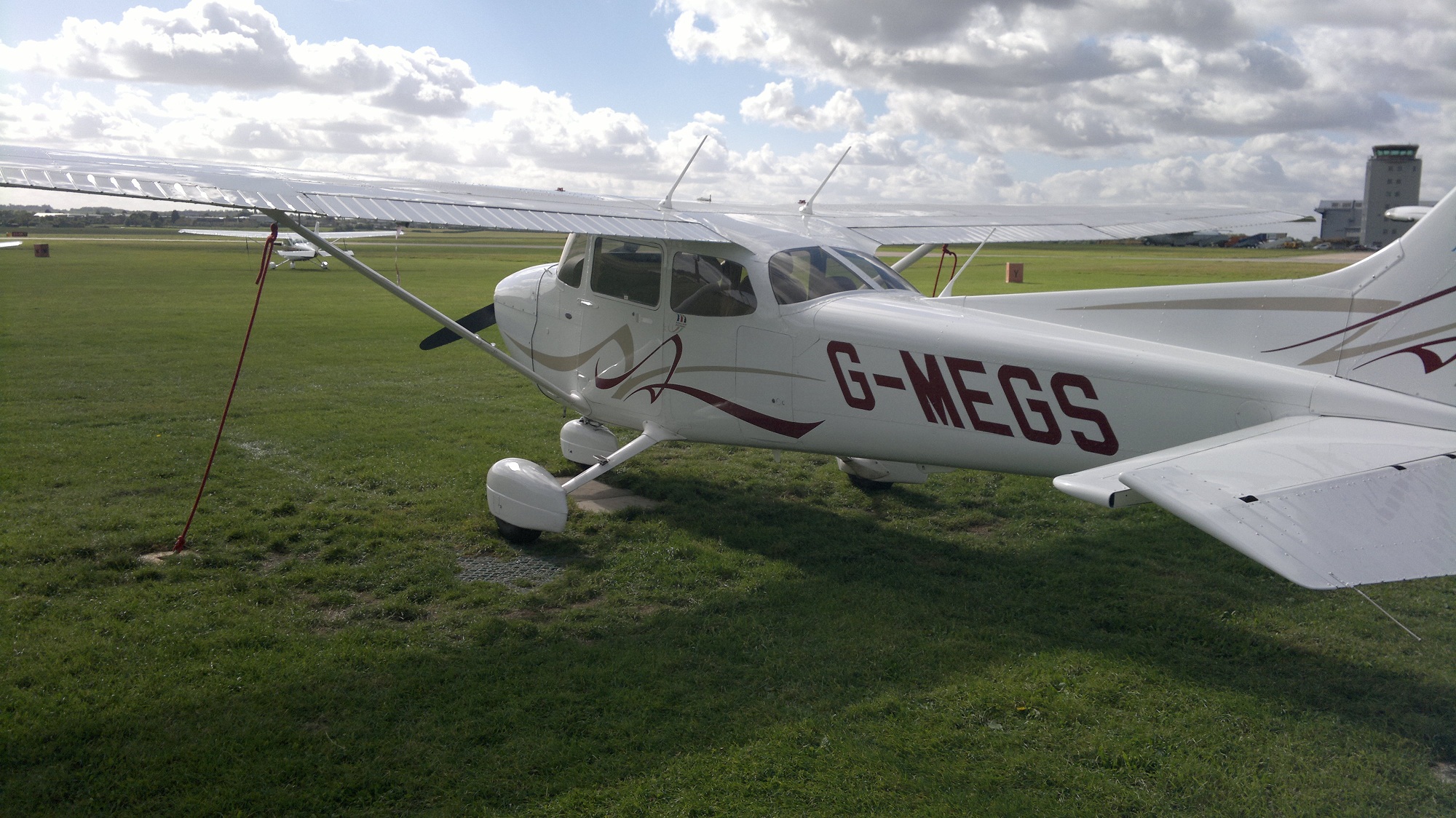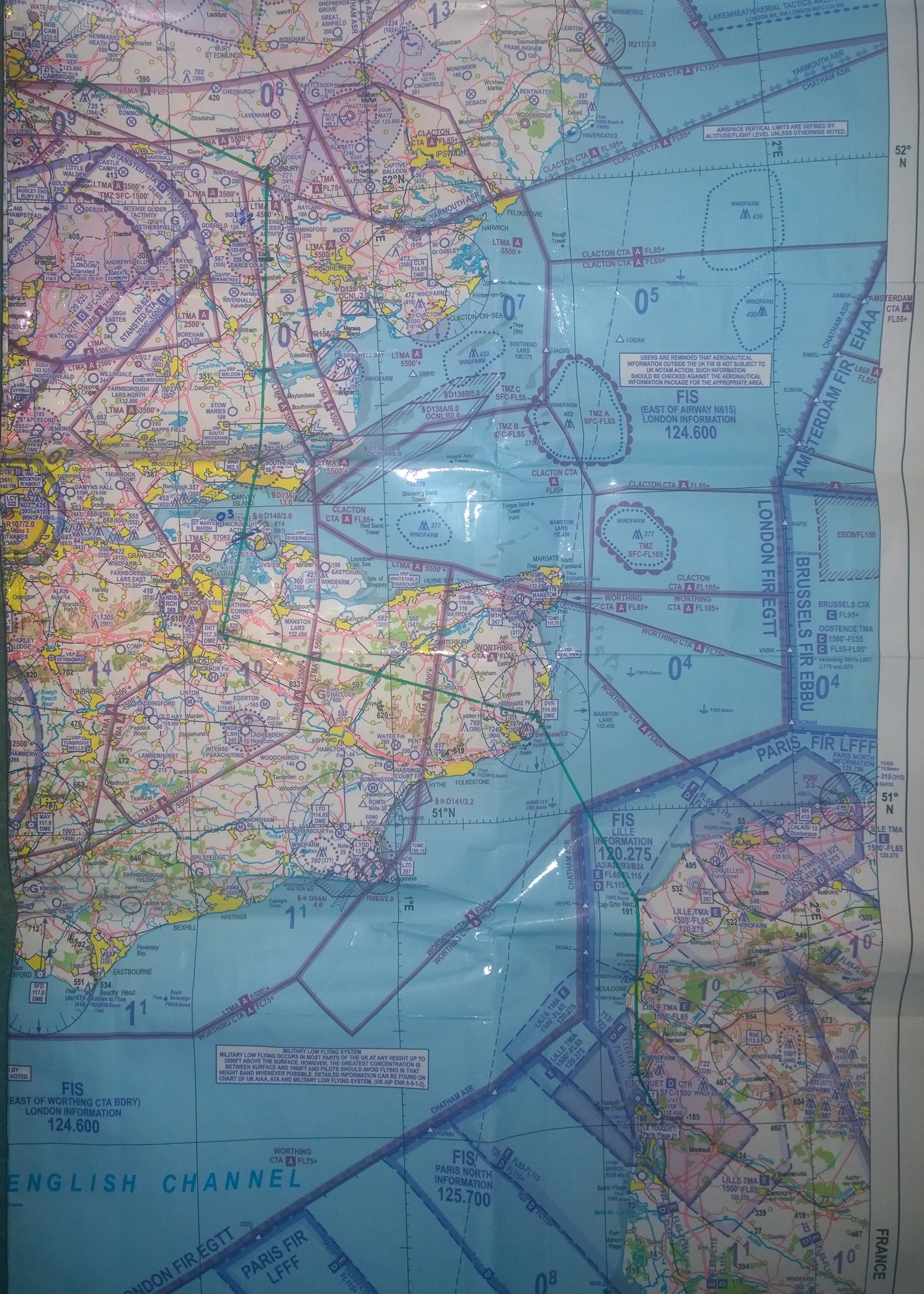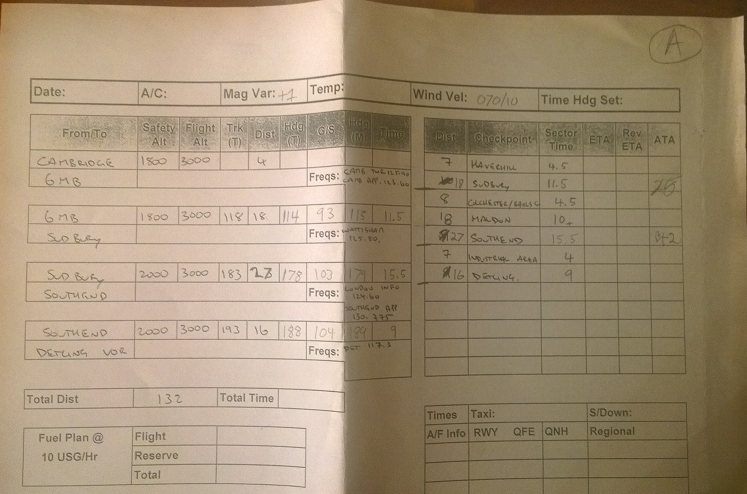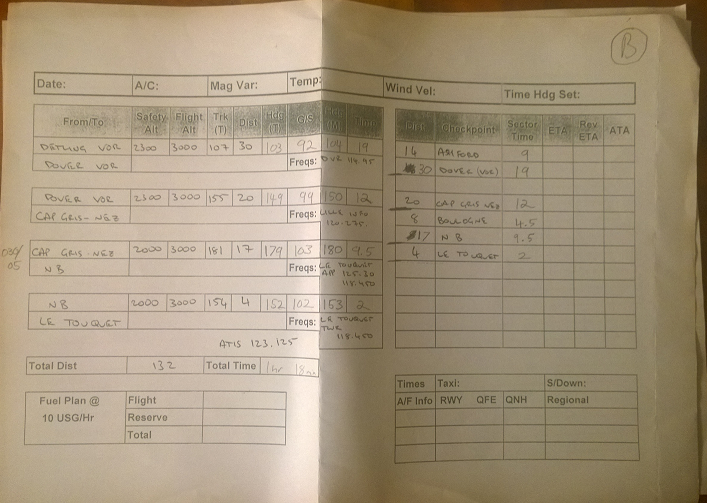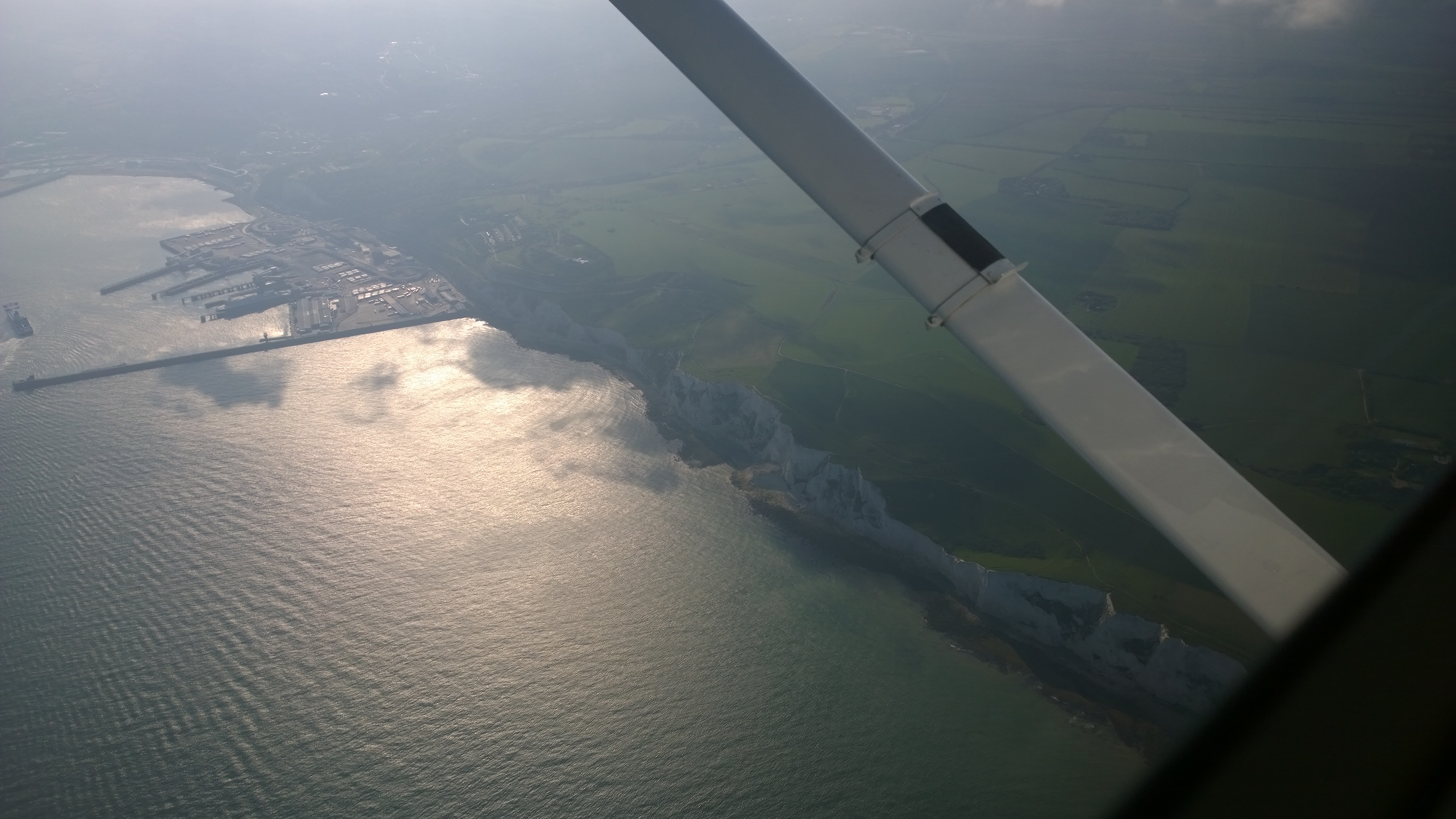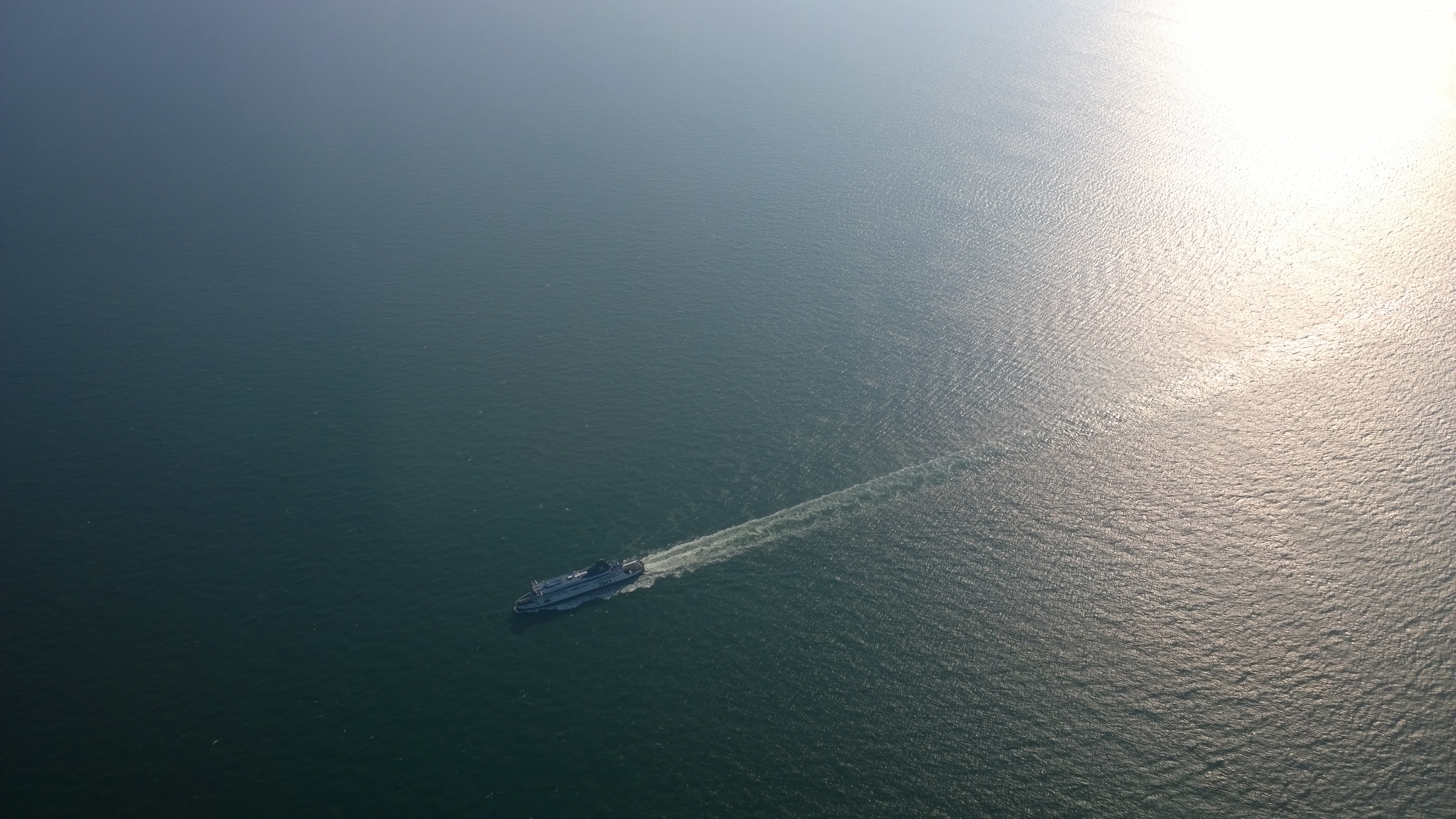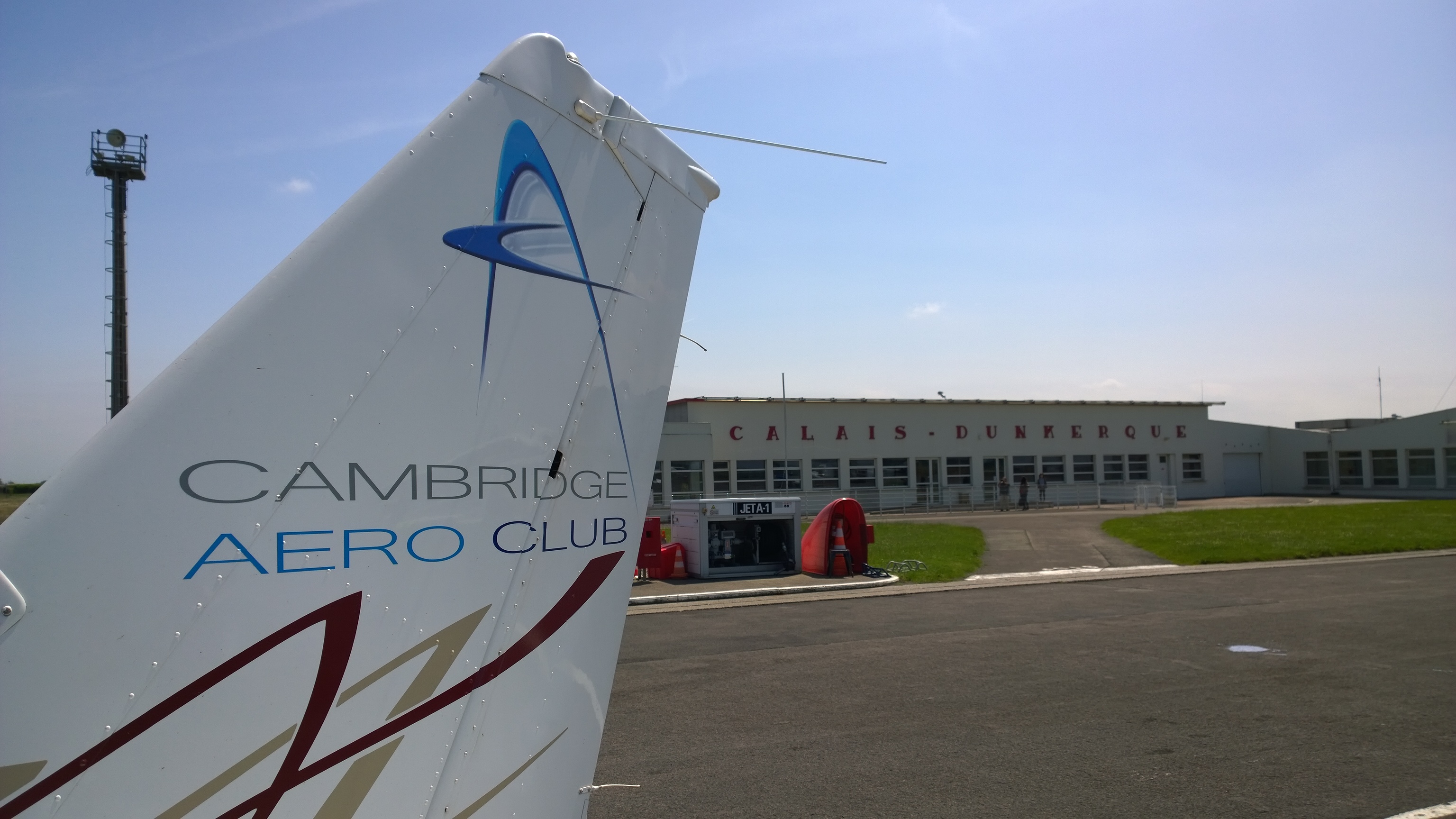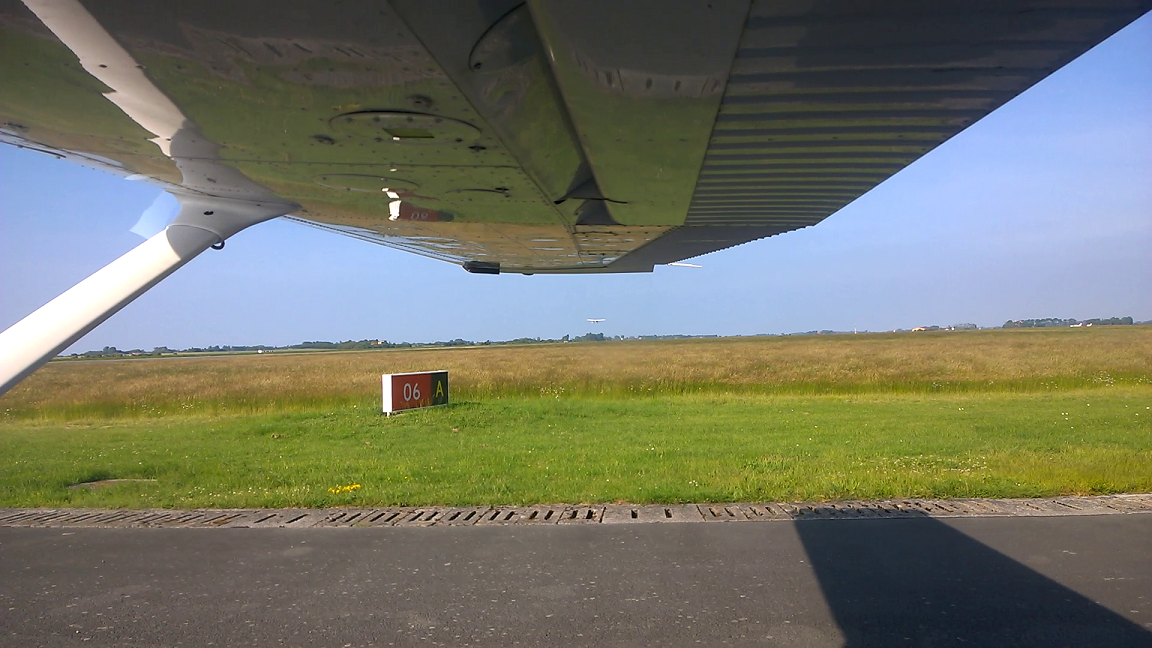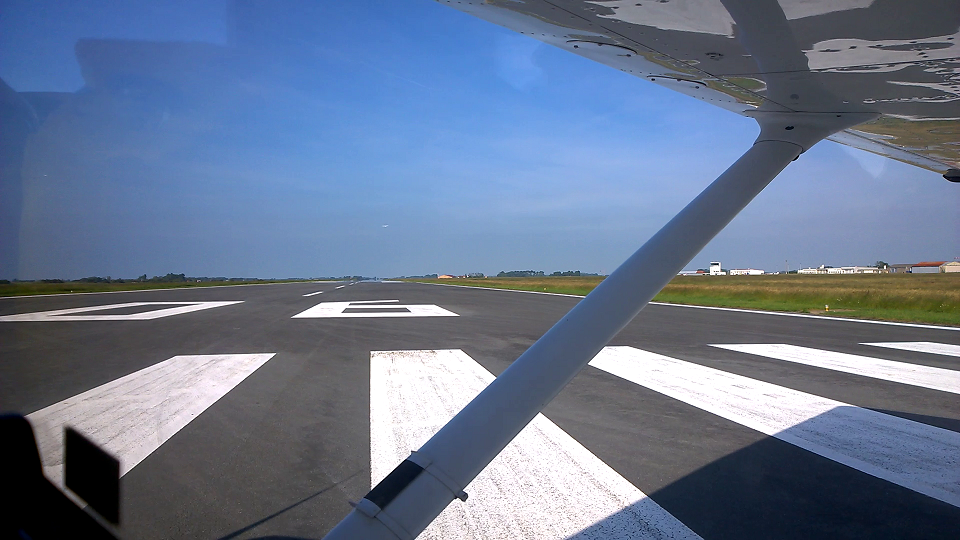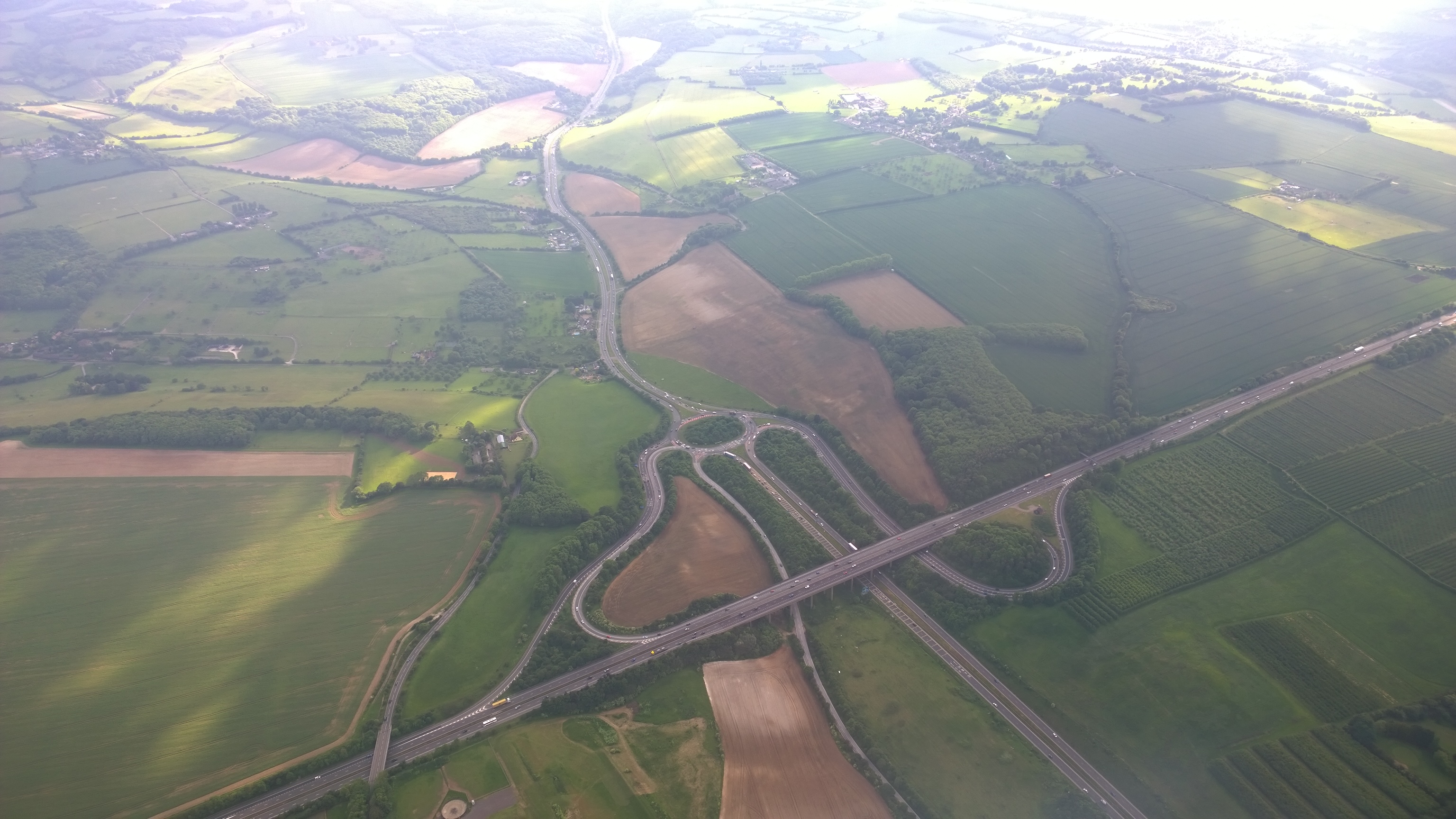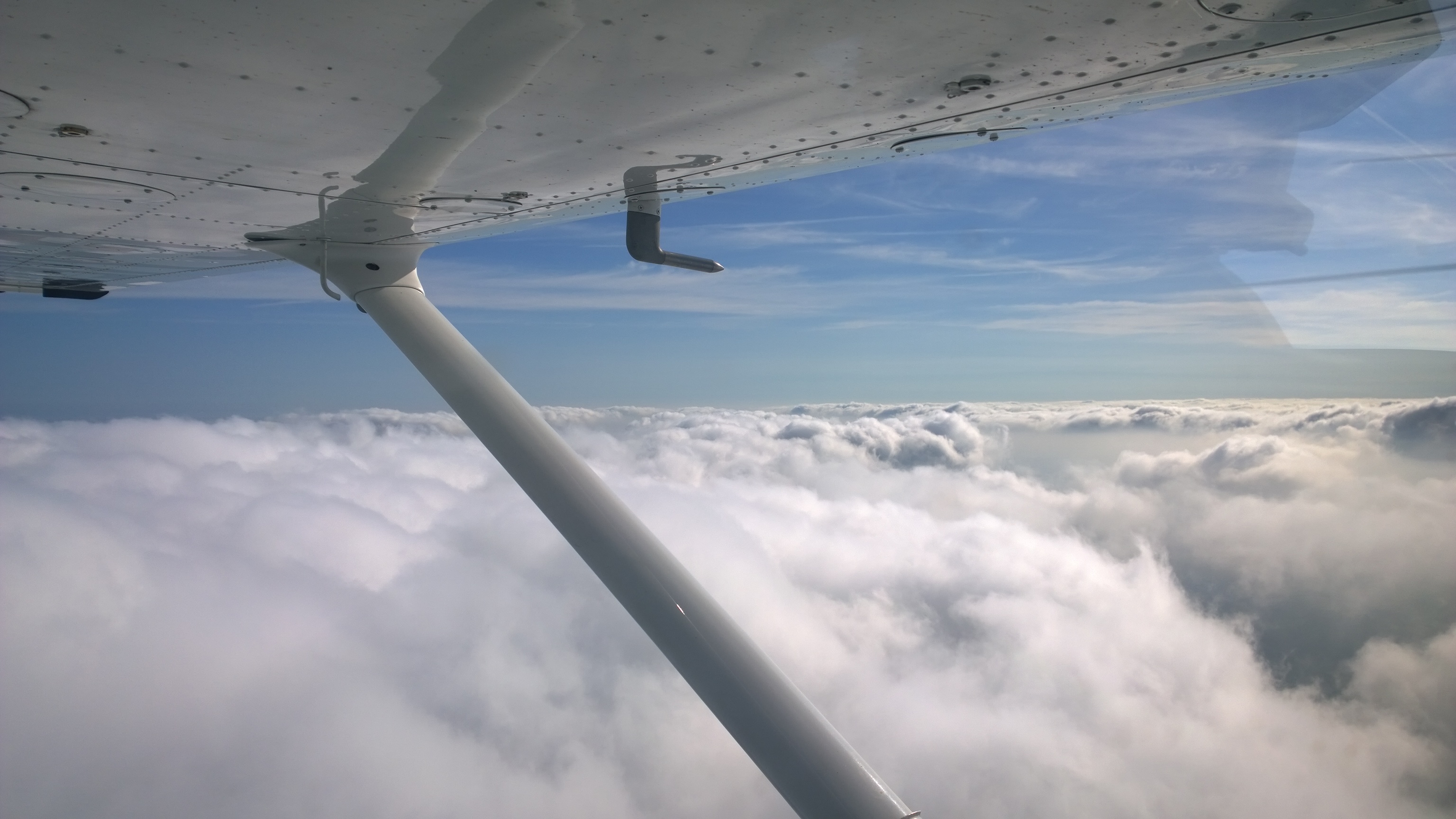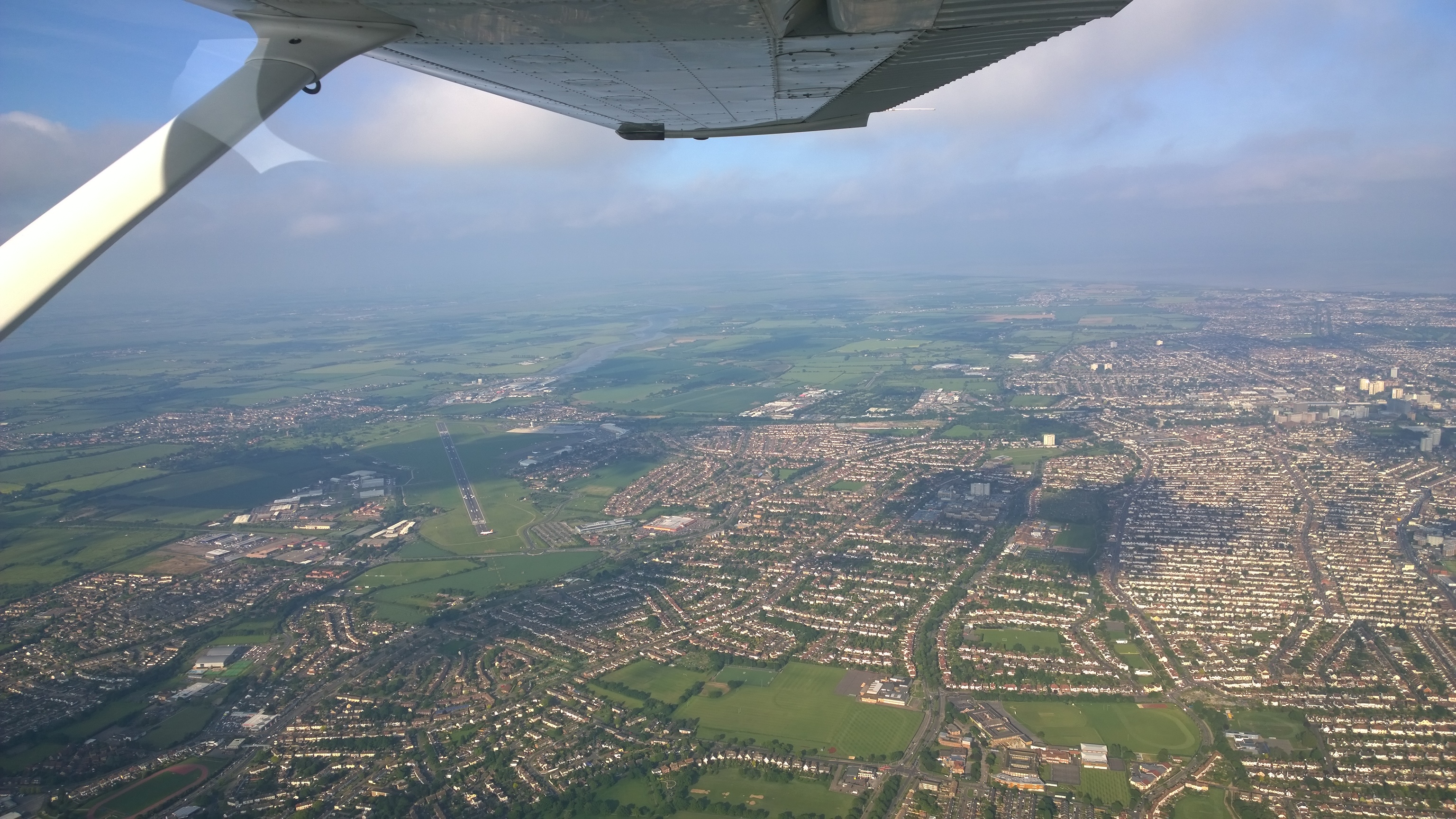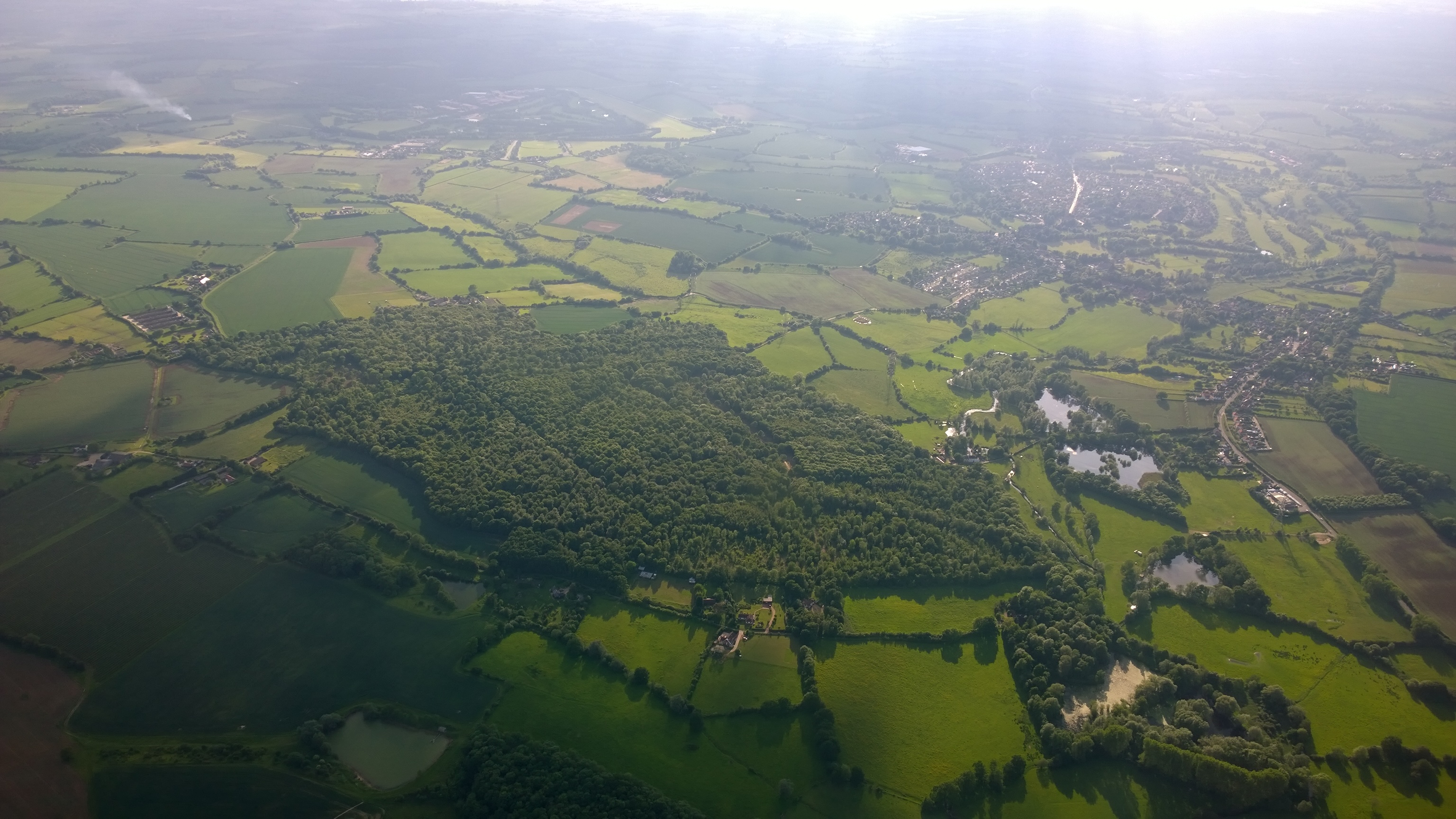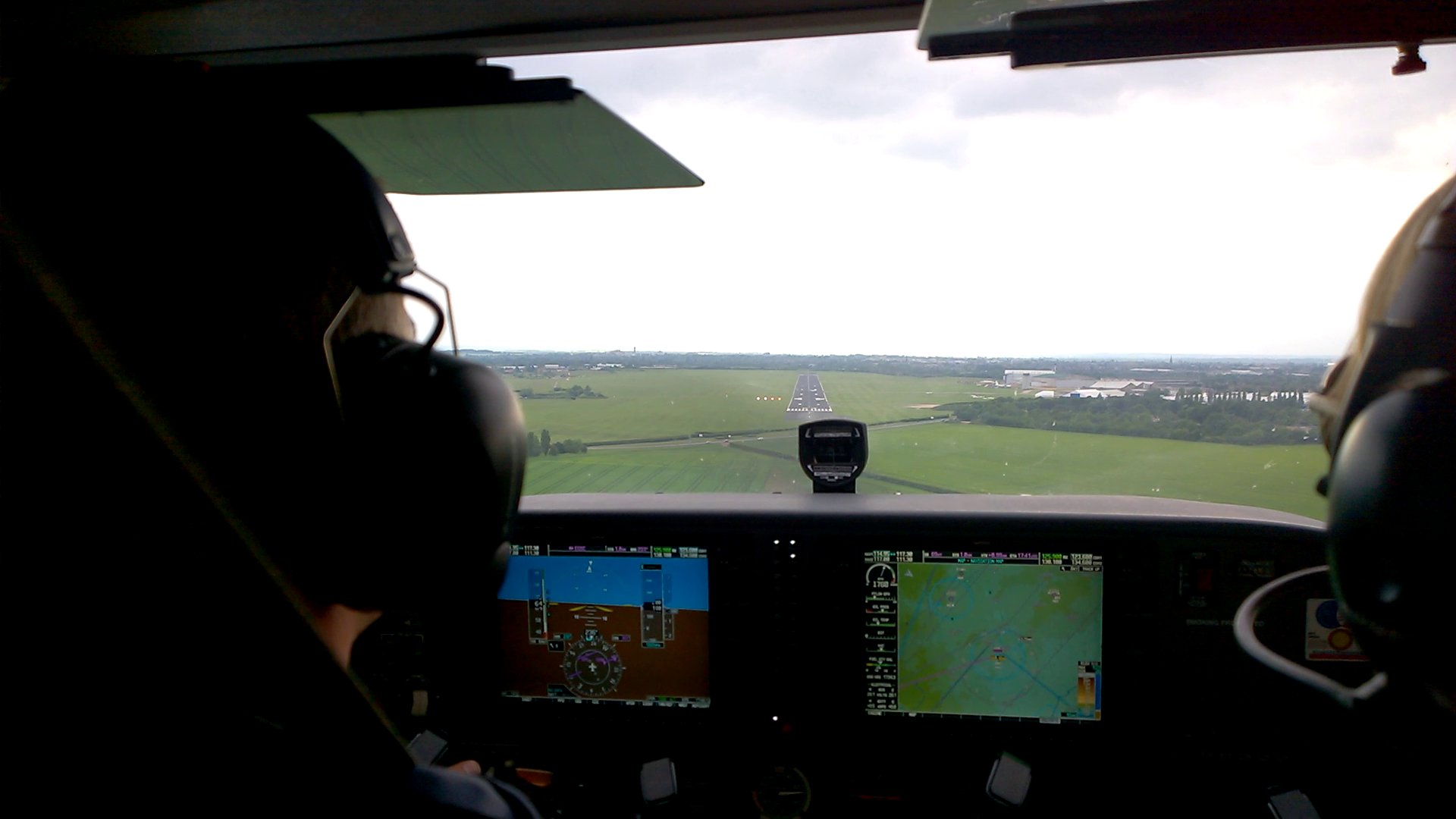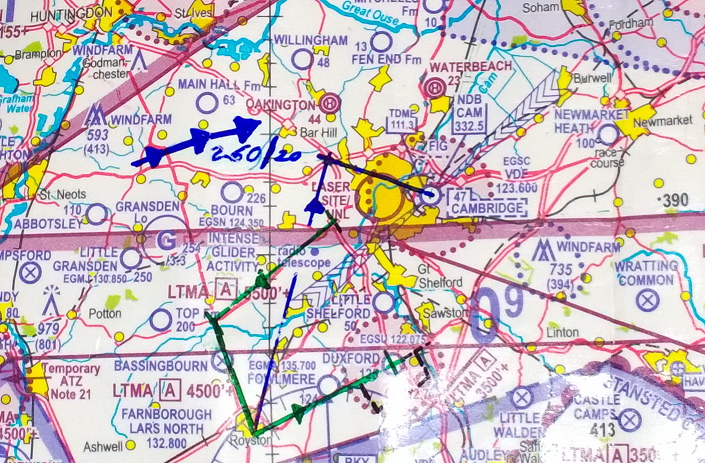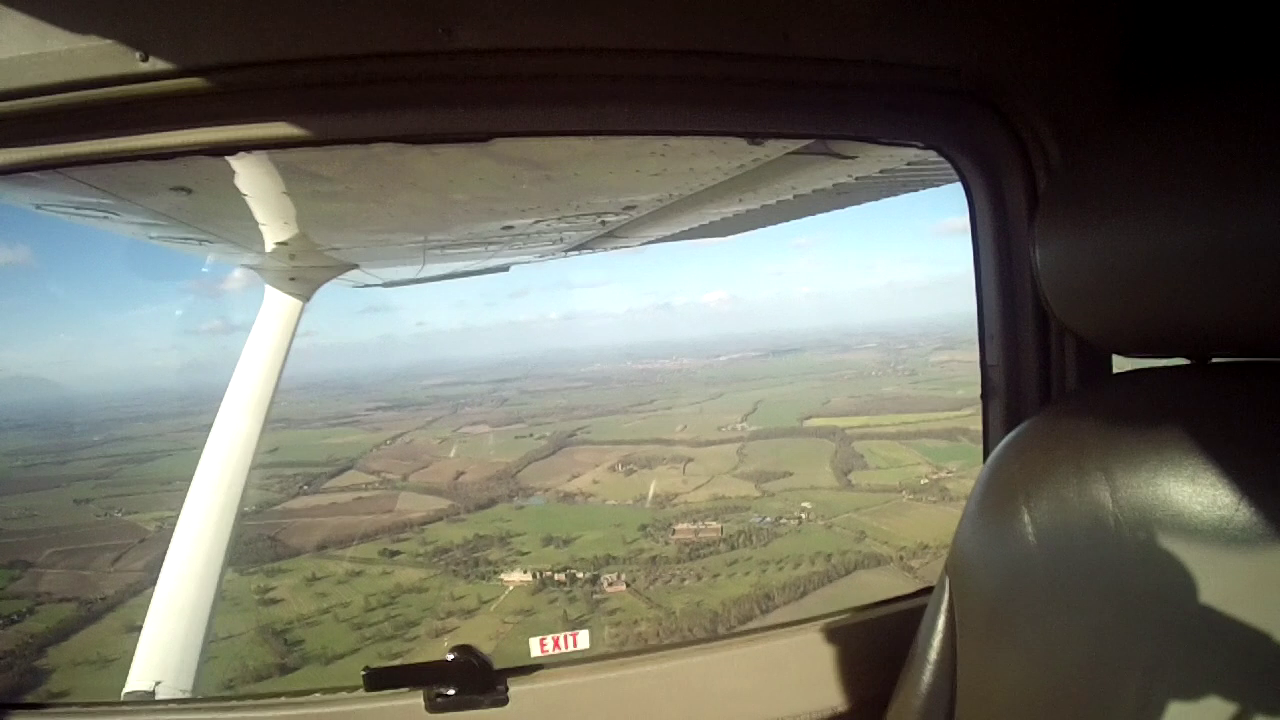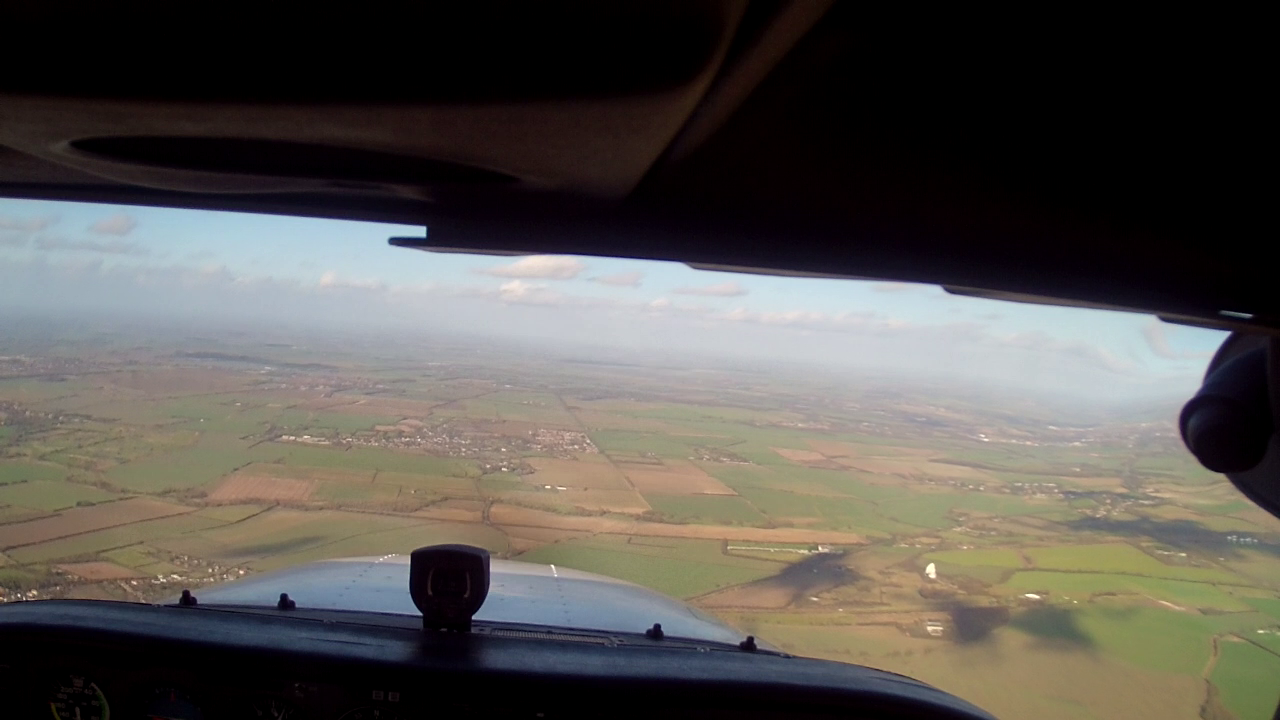You could also call this lesson “emergencies” but most of the things we’d be doing were more about getting experience with landing the plane under an acceptable failure condition (e.g. loss of approach lights), rather than a genuine fully fledged emergency (e.g. engine failure).
In my PPL training I was swapping instructors almost every lesson, but it was pretty normal to be back flying with a familar instructor again every other month or so. I was now swapping instructors for my night rating and to my slight amazement, I had to actually go back several pages in my log book to find when I’d last flown with this instructor – even though they’d been instructing me right to the finish of my PPL. Goes to show how many flights I’ve done in the year I got my PPL, it’s been a good year 🙂
Briefing
We’d go fly some circuits, the first one would be completely normal just to settle down into things (flying can be a bit like stage fright, you can do it, but in the hours before turning the key you do sometimes find yourself wondering “Can I remember how to fly?”).
Then it would be a progressive set of challenges:
- Landing without the PAPI lights
- Landing without the approach lights
- Landing without the airplane landing light
- Landing with none of the above.
Check the Fuel and Oil and lets go
My training has drilled me to check everything, even if an instructor has just landed the plane and swears it’s all good – I’ve been drilled to check it anyway, if you go on any flight safety training lecturers the old and the wise (pilots who are one, tend to be the other) they will also stress to check everything.
This all sounds great in text books and it’s good safe, sensible stuff. What it also means though is that when I try to deviate or short circuit around blocks of the check list, I find it all gets into a starting up muddle.
You find stupid things happen, like you jumped past the pre-startup internal checks and you’re now trying to start the plane – but wait, turning the master switch on was on the previous page, so you haven’t done that, so you have no electrics. Switches get missed, flaps get left down etc. and as you try to untangle the “must change state of” items from the “just check” items, you begin to feel surrounded by an aura of feeling like you should know how to do this……and yet you’re messing up! You’ve done it hundreds of times before, feels surreal therefore that an 80+ item checklist isn’t engraved into your memory (hmmm, strange that!).
So I sort of hate doing the “lets just jump in the plane and go” approach. I can do it at farms & places I’ve just landed, but I can’t seem to do it when I’m getting in a plane that someone else has flown before me – I’ve found on too many occasions that the previous hirer has left the radio on approach instead of tower, or the lights set weird or the fuel selector set wrong!
After a little bit of awkward faffing about and looking like a student all over again, the engine was running, ATC had cleared me to taxi out and we were away – the nerves could begin to calm down now.
Circuits : Lights On, Lights OFF
The wind at night is a strange thing, it can seem like the calmest day and then you get up 1,000ft and find it’s 20 knots crosswind to the runway.
On my first circuit I turned downwind and was quickly finding myself getting pushed more and more towards the runway. There’s a good roundabout reference at the end of the downwind leg which is an excellent guide for both ensuring you fly a sensible sized circuit and going just beyond it, a good turn point for turning base. I found that by the time I got there I was left of it, meaning my circuit was tight and the wind was pushing me in – no surprise then that when I turned left on to base leg, the crosswind became a tailwind and made matters worse.
I could lose the height ok, though my groundspeed was feeling pretty rapid in which to do so, but I found I had to turn on to final approach sharpish and while still trying to lose the height. If you do all this to close together your nice rectangular circuit pattern starts to look like a military style continuous turn. That’s ok, but I’d overshot the centre line of the runway and had to correct it to get it all lined up on final.
Other then the overshoot, the height was good, the speed was good and everything came together in the end for a nice enough landing.
Do it again without the PAPI’s
What the PAPI’s give you are a visual guide on your height, you want 2 red and 2 white, this means you’re on an approach angle of 3 degrees, keep the PAPI’s looking like this all the way down and they’ll guide you gently in over the runway at a nice casual approach. More red then white equals low, more white then red equals too high.
One interesting point, typically GA aircraft in daylight don’t do 3 degree landings, they tend to do 3 white, 2 red and come in at a steeper approach angle then a jet would. At night though, 3 degrees is what I’ve been told to fly.
Without the PAPI’s all you have are the approach lights and the runway side lights and you have to use these to judge your approach angle manually. Which isn’t as easy as just following 4 lights in blind faith that they’re set right 🙂
Farms, Farms and Farms……..I love farm strip flying, I can’t encourage you enough to get an instructor to teach you how to do it and then go get some practice doing it. My landings got better when I started farm strip flying, nothing I’ve done has improved my landings more.
So without the PAPI’s, there’s a pretty simple way to ignore all that text book stuff about runway perspective or trying to lean on your local knowledge of what the runway looked like the last 20 times you circuited on it etc. Remember that the book says “Constant bearing, constant danger”, well the same rule applies to landings: If you keep a point (e.g. the runway threshold lights) held constant at a position in the window all the way down – you will/can land there! Of course if you have too much speed on at that point you’ll go into ground effect and float for another 150m but that’s your airspeed control going to hell, you’ll still be given every possible opportunity to flare it and make a good landing on the runway. PAPI’s or no PAPI’s.
All you need to focus on therefore is that you want your airspeed in check around the same time as your landing point out of the window begins to stabalise its position. Once you’re doing 65 knots, with the runway threshold held constant out of the window, your approach angle is going to be about right.
I found myself again getting blown in like crazy, again overshooting on the turn on to final. However, the lack of PAPI’s really didn’t come as any bother at all. I found I made a whole bunch more minor adjustments on the throttle and elevator as I point and powered my way to the landing point, but it was still a pretty well controlled landing.
No Approach Lights
This is stranger to fly then not having the PAPI’s, there’s something quite welcoming about the approach lights leading you to the runway.
Still you have the A14 and A1303 as visual references and the green strip of threshold lights at the near end of the runway. So the main thing the loss of the approach lights does is make the runway/airport feel much, much smaller.
I messed this landing up a bit, as I touched down my left foot slipped and tapped the brake causing the unwanted sound of the tires to screech. The touch down speed was slow and we hadn’t landed with the brakes on but the rolling speed was too high to be touching the brakes without them making noises about it. There’s a good reason that ‘feet clear of the brakes’ is on the pre-landing checklists, if you were to land with your brakes on during a skills test – you’ll very likely fail for a dangerous landing. The fear being that if you touch down at speed, brakes on, if both are on then the wheel that touches first will want to rotate the plane, or both will touch down and the tires might quickly want to give up the game. With only one brake on you’ll be at risk of flipping the plane as it rotates around the differential braking. Not a great idea. This was nothing quite so serious, but I totally accept the principle it’s a bad thing to be doing, so I wasn’t thrilled with myself on this landing. Still, you’re always able to learn from events.
No Landing Light
If you’ve ever seen a light aircraft come into land at night, you’d be forgiven for wondering why bother with that landing light anyway – it’s hardly illuminating anything. True until about 30ft, when it is quite effective at illuminating the runway surface, critically what it provides is depth perception.
With the landing light on, those last 30-50ft before touch down can be done watching the runway come “up” to meet the plane (I know technically the plane is coming down to meet the runway, but it appears the other way around as you fly it in).
So without a landing light, getting the plane down to 50ft and over the runway should be easy enough, but judging when to flare it and estimating when the main wheels will be touching down on the runway becomes tricky.
Making sure my heals were on the floor and my toes were handling the rudder this time, I got it about right. I was off maybe a couple of foot on the last few feet of height in the flare so a little flat, but not bad for a first go without a landing light.
All the lights (except runway lights): OFF
The rule is you cannot land and must go around if the runway lights fail. The reason is that without them, you’ll just be aiming for a now black centre line, somewhere in a sea of blackness. It’s really not a safe idea!
Everything else is desirable, but not essential to the safe landing of a light aircraft, so time to see if I could put the plane down without any of the other lights.
Getting down to the runway I found easy enough, but again the real decider on whether I could pull off a perfectly smooth landing or with a slight thump seems to be the lack of a landing light. Without it, it’s just hard to estimate those last few feet of where the main wheels are relative to the runway.
Still other then the one in the middle, all my landings I’d been happy with.
Debriefing
Again not a lot to be said really, everything seemed to up to a sufficient standard to keep progressing.
The plan for the next lesson would be to get the Navigation done, before the weather really turned on us. This could be any route of my choosing as long as the flight took 1 hour and covered at least 27 nm (I can’t imagine how you do a one hour flight and fly less then 27nm to be honest, but the distance is a CAA criteria – I’m sure someone has a good rational for why there’s a distance requirement).
